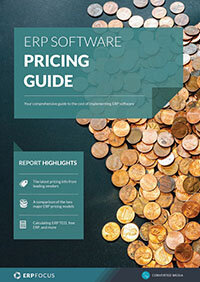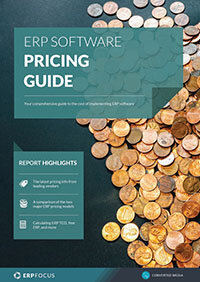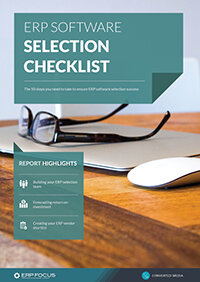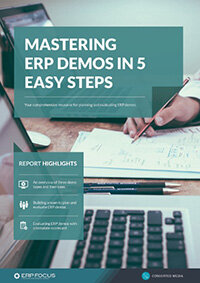The different ERP vendor tiers explained
The tiered classification of enterprise software systems originally emerged in the mid-80’s congruent with client server software technologies. However, while the at-large market has largely discarded this fundamental taxonomy, ERP systems developers have continued to favor and utilize the arrangement. Consequently, ERP systems still apply a three-tier approach which should be considered whenever vetting the scope, complexity and price of ERP software products.
However, in many cases modern ERP systems defy easy categorization since many of today’s ERP systems are driven by deep-dependencies on third-party integrations supported by equal numbers of external subordinate systems, along with seminal changes in just how transactions are processed and reported upon in the 21st Century. As a result we thought we’d offer a baseline refresher on just what each tier means, along with what general pricing level is typically applied.
ERP vendor tier 3
This level is typically applied to enterprises that fall into an annual gross revenue range of $0 - $20 million. At the low end of this spectrum the category is typically classified as being a ‘Mom and Pop’ enterprise, while at the upper range the term ‘small-businesses in transition’ is often used. In the former case, today’s fully-integrated SaaS ERP systems appear to be most favored primarily due to initial purchase and implementation pricing, while at the latter level, hybridized systems utilizing both on-premise and SaaS platforms, had been the norm until recently but are now being supplanted by mid-scale SaaS systems; again essentially driven by initial price points. Systems that are most compliant with this level are Intuit’s ERP SaaS platform and the like. In this case the most advantageous pricing usually applies when subscription-driven ‘by the seat’ purchasing is utilized.
Recommended Reading: ERP Vendor Guide - Find ERP vendors suitable to your business requirements
ERP vendor tier 2
This level is typically applied to enterprises that fall into an annual gross revenue range of between $20 million - $250 million. At the low end more sophisticated hybrid systems exist, while at the upper end more sophisticated SaaS systems apply by leveraging brands such as Plex, SAP and Oracle. These systems typically offer space to grow as a basic requisite, and intrinsic processing elements are designed to scale easily over time, with a minimum of additional cost. Further, the ability to interact with thin external application channels are typically intrinsic, thereby creating ready interaction with the Internet of Things (IoT).
ERP vendor tier 1
This level is typically applied to enterprises that fall into an annual gross revenue range of between $250 million and beyond. At the low end of this tier multiple fully integrated modules, deep customization capabilities and the support for mass relational data access/storage processes exist. At the high end, well, nearly any statistical or reporting issue that can be identified out can be subsequently resolved. More times than not, brand systems most associated with this tier usually relate to the SAP’s, Oracle’s, Microsoft’s and Epicor’s when all is said and done. Pricing at this level can range up to the stratosphere of cost as one might expect.
Free white paper

ERP Software Pricing Guide
Get the latest pricing information on over 80 popular ERP systems, and learn how to budget for your ERP project in our free guide

Featured white papers
-

ERP Software Pricing Guide
Get the latest pricing information on over 80 popular ERP systems, and learn how to budget for your ERP project in our free guide
Download -

60-Step ERP Selection Checklist
Get the comprehensive checklist for your ERP selection project
Download -

ERP Demo Guide & Scorecard
Master your ERP demo with 5 easy steps using our free guide (includes demo scorecard)
Download
Related articles
-

The best ERP systems for process manufacturing
Consider these ERP systems when selecting your next process manufacturing ERP
-

Secret KPI: Why Your ERP Implementation Team Matters More Than Software
Learn how Godlan ensures successful ERP implementation for manufacturers with proven strategies &...
-

5 ERP pricing definitions you need to understand
Have you mastered the ERP pricing lexicon yet? Getting to grips with these five definitions is a ...

